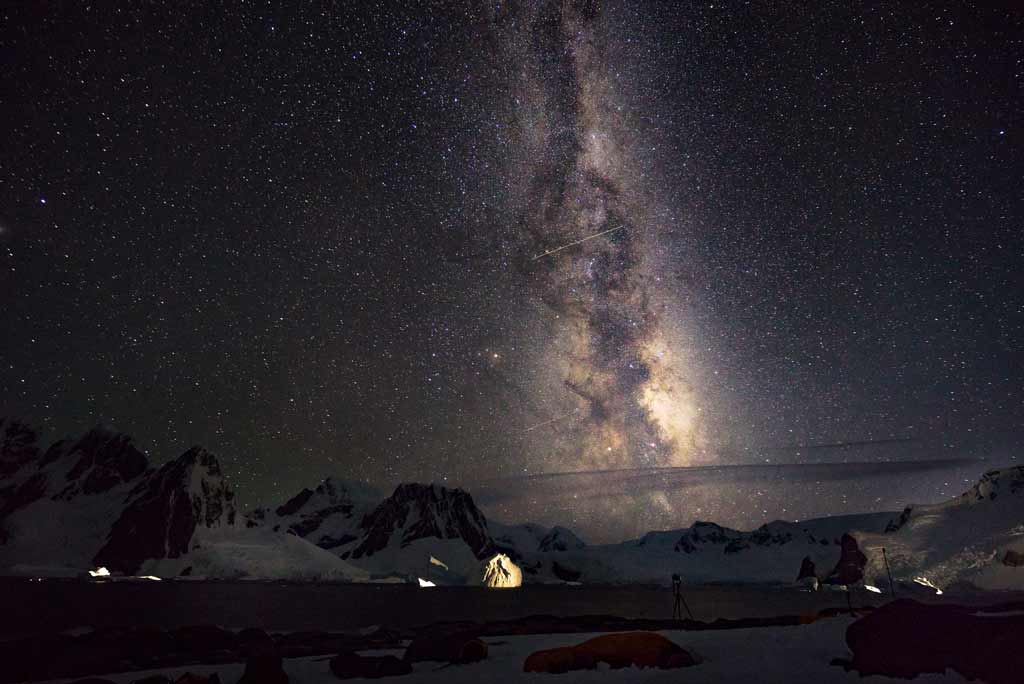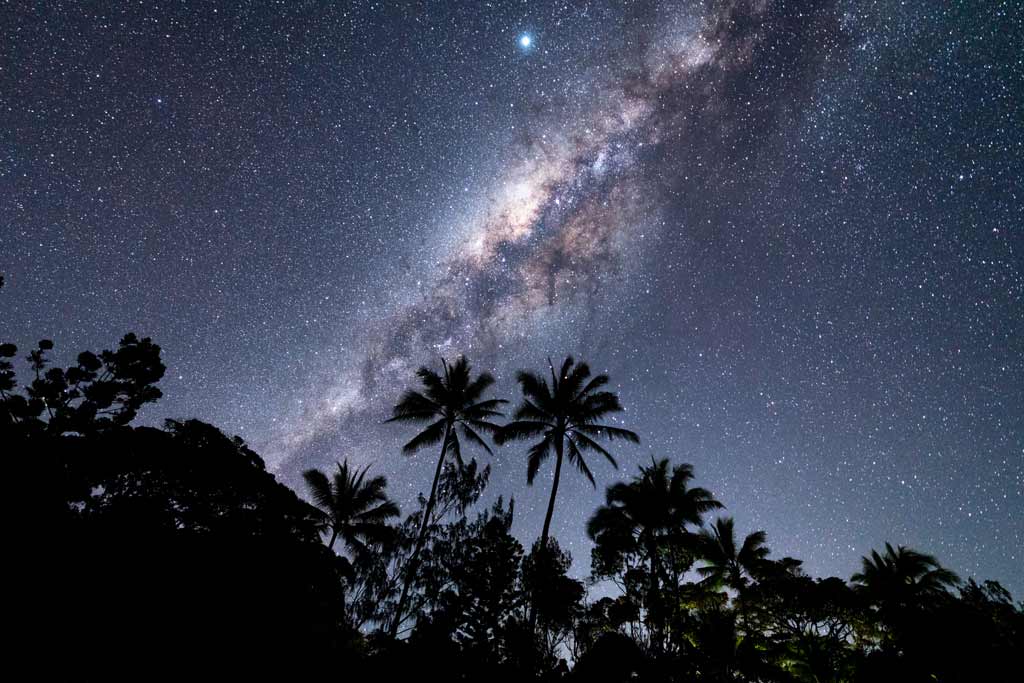If you’ve always wanted to take epic night sky images, but don’t know what the best astrophotography settings are or how to improve your skills, you’ve come to the right place!
In this creative tutorial we’re going to do dive deep into one of our favourite styles of long exposure photography, with the aim to teach you how to get out there and shoot incredible Milky Way images.
Whether you’re a complete beginner who doesn’t know where to start with camera settings, or a professional who is looking to expand their skills, we’re here to help.
We’ve been working as professional travel photographers for almost a decade now, with astro images becoming one of our best-known disciplines.
Ready for our best astrophotography tips and settings? Let’s dive into it!
The Best Astrophotography Settings for Beginners – A Quick Guide
One of the most common questions we get from people is “what settings should I use for astrophotography?”
If you’ve never really shot Milky Way photography before, then you’re going to love this!
The first thing you need to do is find somewhere with very little light pollution, and head out to take photos within a few days either side of the new moon so you can really see the stars.
Then it’s time to take some long exposure pictures!
Here are the best camera settings for astrophotography we recommend for people just looking to capture shots of the stars without thinking too much about it
Astrophotography Settings Cheat Sheet
- Use Manual Mode
- Aperture – f/2.8 (or the smallest number your lens can go)
- Shutter – 25sec
- ISO – 3200
- White Balance – Auto
- Manually Focus on Brightest Star
- Focal Length – 16/20/24mm
- File Type – RAW
- Self Timer – 2 seconds
- Long Exposure Noise Reduction – Off
- Place Camera on Tripod

And that’s literally all there is to it!
If you head outside on a clear night, set your camera up on a tripod, point it at the Milky Way and use these settings, you should be able to capture a fantastic image that you can be proud of.
Of course there are a lot of different elements that come into play that would affect the end result, and as soon as you start to get a bit more experience you’re going to want to experiment with different settings for astrophotography.
But if you follow…
Click Here to Read the Full Original Article at NOMADasaurus…
